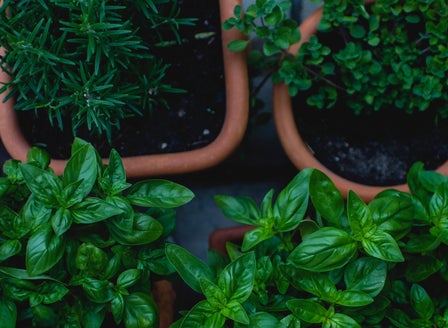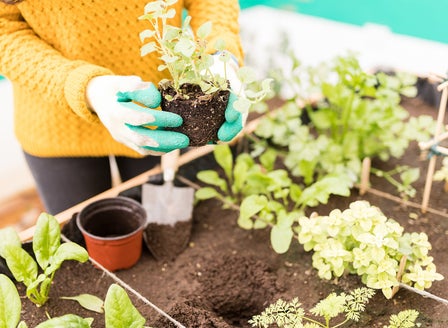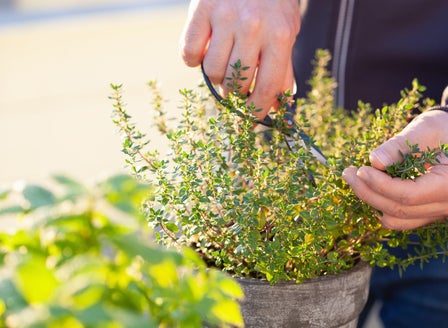Sage with its silvery, fuzzy leaves is related to mint and a must have in any good herb garden. Sage can be used fresh, dried or ground in cooking and in herbal medicines. Considered a natural antiseptic, preservative and believed to help with regulating body temperature. It also tastes great in recipes, most commonly used in soups, stews and stuffing. The flowers are great fodder for bees too. A staple in making a good stuffing and great when used with pork and in sausages.
Planting Calendar
Sage can be planted all year round, however it does better when planted from September to February.
Harvest In
75 Days
Sage can be harvested throughout the year with a sharp pair of scissors.
Prepare
Position
Sage is best planted in full sun, with some shelter from cold winds.
Soil
When planted into the ground, Sage likes a free draining soil that is rich in organic matter. To improve the organic content in your soil, break up the soil and add Kings Compost and Kings Sheep Pellets then mix together well. When growing in containers, plant into Kings Container mix. This mix contains added water storage crystals and Saturaid, two products that help maintain moisture in the soil.
Plant
When planting into the ground, gently tap the plant out of its pot. Dig a hole twice the depth and width of the plants root ball. Mix Kings Compost into your existing soil at a 50/50 ratio, add Sheep Pellets then mix together well. Back fill the hole with this soil, so that when planted the top of the plant’s roots sit level with the surrounding ground. Firm the soil down gently and water in well with Aquaticus Organic Garden Booster. In heavier clay soils, where drainage is likely to be an issue, plant onto a raised mound and sprinkle Gypsum Clay Breaker into the bottom of the hole, this helps slowly condition the soil and will help to break down the clay. When planting into containers, plant in Kings Containers mix, as this has water retention crystals in it, which will help in keeping the soil moist. Firm the soil down gently and water in well with Aquaticus Organic Garden Booster.
Care
Watering
Like most herbs, water regularly to ensure the soil stays moist. However, sage is known as a ‘dry herb’, and can withstand drier soil conditions in summer once established in the garden.
Feeding
When planted in the ground liquid feed every month with Aquaticus Garden Booster, from Spring through to the end of Autumn, this encourages root growth and increases the microbial activity in the soil. Monthly applications of Kings Sheep Pellets will help with soil conditioning and plant health. If planted into a container, feed with Kings Liquid Fast Food along with monthly applications of Aquaticus Organic Garden Booster this encourages strong roots and a healthy immune system.
Protecting
If you see holes in the leaves of your Sage you will have a caterpillar eating them, spray with Nature's Way Organic Citrus & Ornamental Spray.
Pruning
Other than harvesting regularly, you may prune back by 1/3rd once a year to avoid plants becoming too woody. Cut back to just above a growing tip.
General Care
When using sprays, chemicals or fertilisers always read the label and follow the instructions. Apply sprays in the evening to avoid harming beneficial insects.
Tip
Pinch out the tips of the growing stems regularly to encourage bushier growth.
Frequently Asked Questions
What about white sage?
Kings doesn't sell the plant, however we are able to source the seeds for customers via Kings Seeds. Ask a staff member instore for more info.
Do I need to plant a new a plant every year?
No, Sage is a perennial herb so you will have it in your garden all year long. Regular trimming and feeding will help keep your plant looking good.
How often should I water sage?
Like most herbs, water regularly to ensure the soil stays moist. However, sage is known as a ‘dry herb’, and can withstand drier soil conditions in summer once established in the garden.
How do I prune sage?
Other than harvesting regularly, you may prune back by 1/3rd once a year to avoid plants becoming too woody. Cut back to just above a growing tip.
How do I harvest sage leaves?
Sage can be harvested throughout the year with a sharp pair of scissors.


